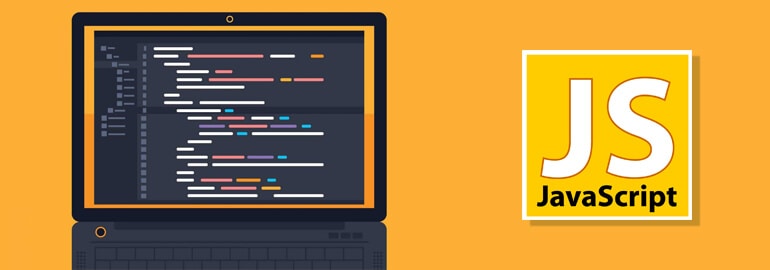JavaScript is such a popular programming language that there are a large number of frameworks, libraries, and packages that we can easily use in the projects we do. It employs thousands of programmers around the world who update or create more and more new tools that make it easier to develop applications.
But to become a professional in this language, it is not enough to master these tools. You can see that most developers start programming without fully understanding how it works. While these tools make it easier to develop applications, often because they don’t know the fundamentals of the language, they result in poor-performance applications that could have been avoided by knowing the JavaScript execution process. Therefore, let’s take a closer look at the process of working with JavaScript.
To make the whole development process as easy and simple as possible, you can always turn to javascript development for help. Thus, you can be sure that the project will be implemented at the highest level following all your wishes and requirements.
- READ MORE – 6 Best Study Apps For Coursework Writing
- 5 Common Mistakes That Most Android Developers Make

JavaScript execution
The engine is the foundation on which JavaScript runs, its nature is synchronous because it only runs on the thread of execution. It should be noted that this does not depend on the number of computer cores. For this process, the engine uses a bunch of memory and a call stack.
As you think about the operations that an application can perform, you will realize that many of them are outside the context of said application.
Some examples are: when an API request is made, it is resolved on an external server, when a file is written to a hard drive, it is resolved by the operating system, and when it is saved to a database, it is resolved by the control system. These types of operations are known as I/O operations. This is where asynchrony comes into play.
To solve this asynchrony problem, we need to talk about runtime. The runtime has additional engine-independent features that enable asynchronous JavaScript. These features are the event loop and the API.
JavaScript Engine Components
1. Lots of memory
The Memory Heap, or “heap” as it is also called, is where the data loaded into the memory of our applications is stored. It doesn’t matter if we use variables, constants, or objects. Every time we assign a value to something, it will be stored on the heap.
2. Call stack
The call stack is where the operations and function calls of our code are stacked. Since the entire structure of the stack, when a new element is inserted, it is located on the top, then it starts to be removed from the top. This means that the last one to enter will, in turn, be the first to leave. When a function is called, it will be positioned at the top, and if that function internally calls another function, it will also be positioned above it. When no more calls are found, it’s time to enable functions starting from the last call.
As mentioned above, JavaScript is a synchronous programming language.
To summarize, it can be said that it is not capable of solving two or more functions at the same time. Before a new call can be added to the call stack, it must resolve previous calls of the same context for the function that is being called. That’s why you have to be very careful not to call nested functions that might block the thread of execution. Another error to avoid is the so-called stack overflow, which occurs when the call stack can no longer accept function calls.
With the right approach to using JavaScript, you can easily turn even the most complex projects into reality. The main thing before this is to get acquainted with this language in detail, to understand its features and the principle of operation.

- READ MORE – Ethical Hacking: The Complete Guide
- When to use useMemo and useCallback: a brief guide for React fans
Conclusion
Java Script is the most popular and highly used programming language in the present world. Almost all companies are developing applications with the help of this Java Script, even though it is one of the tough programming languages. Having a good knowledge of this programming language will help you to excel in your professional career.
I hope this tutorial helped you to know about The Main Aspects of Development with JavaScript. If you want to say anything, let us know through the comment sections. If you like this article, please share it and follow WhatVwant on Facebook, Twitter, and YouTube for more Technical tips.
The Main Aspects of Development with JavaScript – FAQs
What is JavaScript used for in development?
JavaScript has evolved over the past 25 years to become a versatile and accessible programming language for working with web browsers. Developers use JavaScript to build complex interactive websites and browser games and to connect servers to websites and web applications.
What are the main parts of JavaScript?
The core ecosystem of JavaScript consists of 3 main components which are ECMAScript, JavaScript Engine, and the JavaScript Runtime.
Why is JavaScript important in web development?
js makes responsive design easier. JavaScript has become integral to the Internet experience as developers build increased interaction and complexity into their applications.
What are the four pillars of JavaScript?
The Four Pillars of Object-Oriented Programming, such as Abstraction, Encapsulation, Inheritance, and Polymorphism.
What are the 8 types of JavaScript?
JavaScript has 8 types: undefined, null, boolean, number, bigint, string, symbol, and object.
